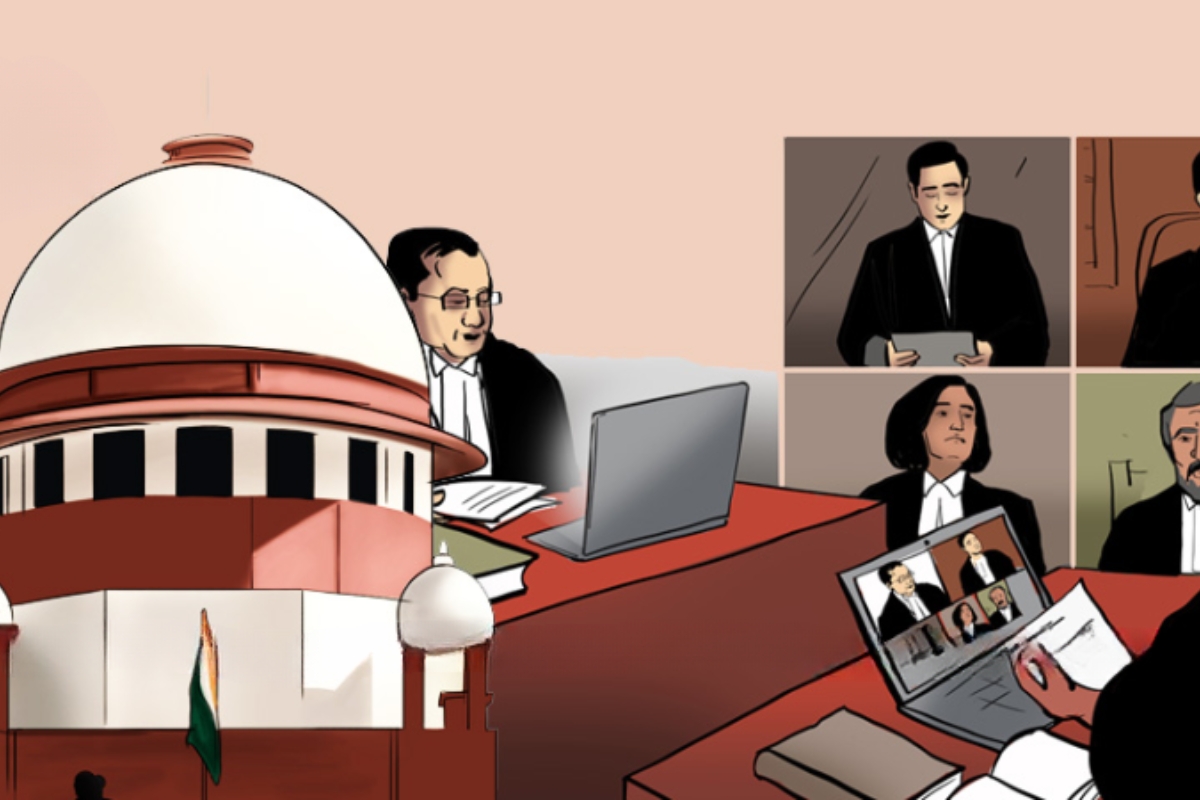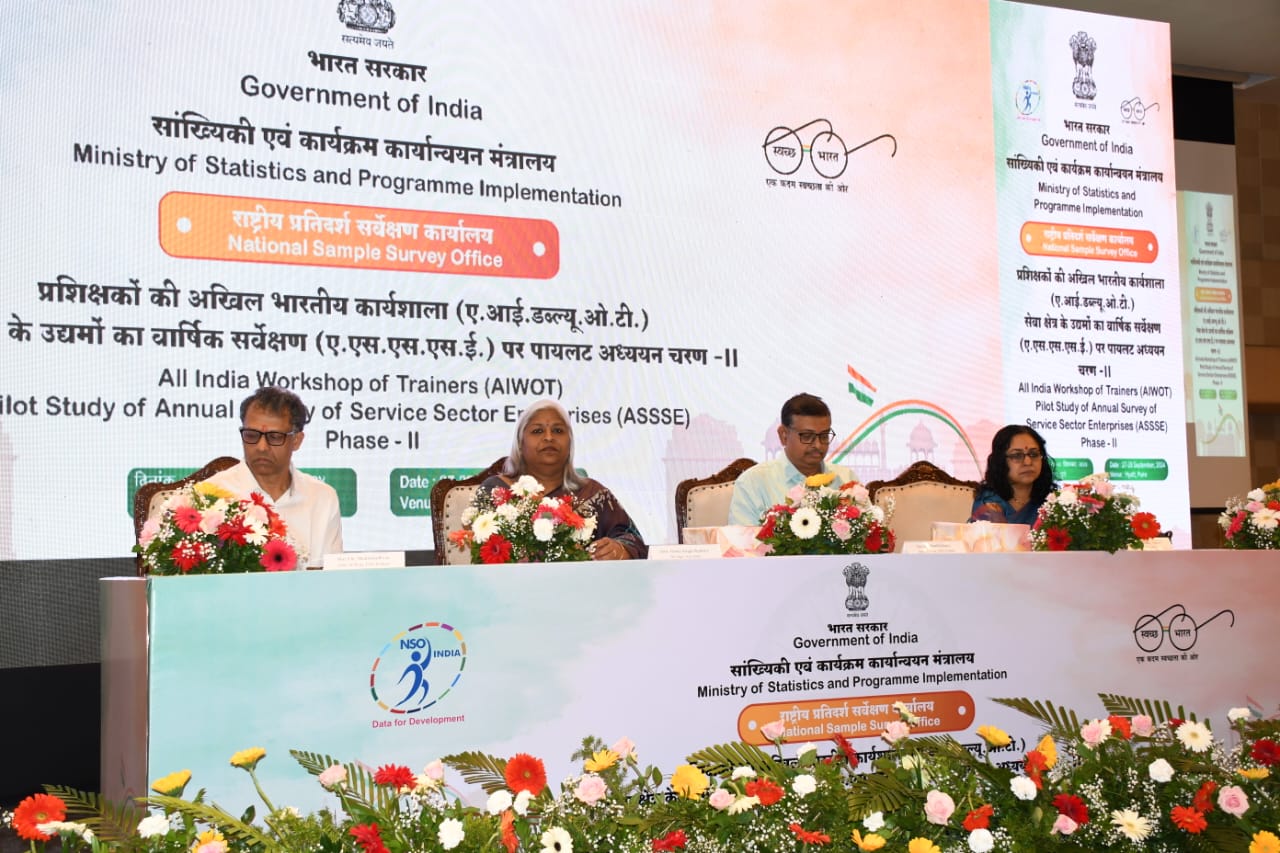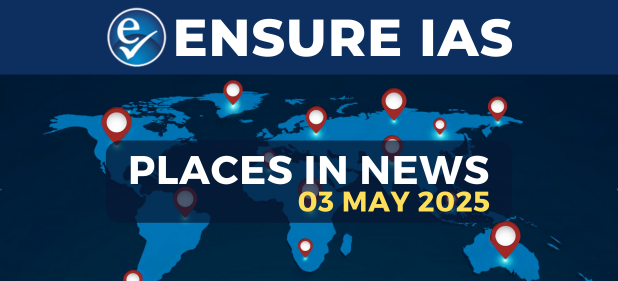- Courses
- GS Full Course 1 Year
- GS Full Course 2 Year
- GS Full Course 3 Year
- GS Full Course Till Selection
- CSAT
- 5 LAYERED ARJUNA Mentorship
- Public Administration Optional
- Online Program
- GS Recorded Course
- NCERT (Recorded 500+ Hours)
- Polity Recorded Course
- Geography Recorded Course
- Economy Recorded Course
- AMAC Recorded Course
- Modern India, Post Independence & World History
- Environment Recoded Course
- Governance Recoded Course
- Science & Tech. Recoded Course
- International Relations and Internal Security Recorded Course
- Disaster Management Module Course
- Ethics Recoded Course
- Essay Recoded Course
- Current Affairs Recoded Course
- ABOUT US
- OUR TOPPERS
- TEST SERIES
- FREE STUDY MATERIAL
- VIDEOS
- CONTACT US
Digital Access as a Fundamental Right – SC Judgment in Amar Jain v. Union of India (2025)
Digital Access as a Fundamental Right – SC Judgment in Amar Jain v. Union of India (2025)

- In a judgment (Amar Jain v. Union of India, April 30, 2025), the Supreme Court ruled that inclusive digital access to e-governance and welfare services is an integral part of the fundamental right to life and liberty under Article 21 of the Constitution.
- The ruling came in response to petitions filed by disabled individuals, including acid attack survivors and the visually impaired.
Context: The Petition
- Filed by acid attack survivors and visually impaired persons (Pragya Prasun, Amar Jain).
- Raised the issue that biometric-heavy KYC processes are discriminatory for those with facial injuries or vision impairments.
- Cited delays in access to banking, welfare schemes, and e-governance due to inability to pass digital identity checks.
What Did the Supreme Court Rule?
|
Theme |
Key Judicial Rulings |
|
Right to Digital Access |
The Court held that digital inclusion is part of the right to life and dignity under Article 21, making it a constitutional obligation. |
|
KYC Reforms |
Directed the RBI and all regulated entities (public and private) to revise KYC norms to accommodate PwDs, especially those with visual impairments and facial disfigurements. |
|
Accessibility Mandates |
Ordered appointment of nodal officers, regular accessibility audits, and inclusion of PwDs in the design process of digital platforms. |
|
Digital Divide |
Recognised digital exclusion among PwDs, rural citizens, elderly, linguistic minorities, and the economically weaker sections. |
|
Equality & Non-discrimination |
Emphasized Articles 14, 15, 21, and 38, reinforcing that universal digital access is a constitutional imperative, not merely policy discretion. |
Relevant Constitutional Provisions
|
Article |
Provision |
Relevance to the Case |
|
Article 21 |
Right to Life and Personal Liberty |
Digital access is now seen as a prerequisite to live a life with dignity and access essential services. |
|
Article 14 |
Equality before Law |
Denial of digital access to marginalised communities violates the principle of equal treatment and opportunity. |
|
Article 15 |
Prohibition of Discrimination |
KYC and online portals that exclude PwDs and linguistic minorities could amount to discrimination on grounds of disability or language. |
|
Article 38 |
Directive Principles – Promote welfare of the people |
Obligates the state to minimise inequalities in income, status, opportunities, including in digital access. |
Related Judicial Precedents
|
Case |
Key Takeaway |
|
Maneka Gandhi v. Union of India (1978) |
Procedures affecting Article 21 must be just, fair, and reasonable — extends to digital systems. |
|
Faheema Shirin RK v. State of Kerala (2019) |
Kerala HC ruled right to Internet is part of Right to Life and Education (Art. 21 & 21A). |
|
Anuradha Bhasin v. Union of India (2020) |
SC upheld freedom of speech and business via internet under Article 19(1)(a) and 19(1)(g). |
Challenges in Digital Empowerment of PwDs
|
Stakeholder Group |
Challenges Faced |
|
Persons with Disabilities (PwDs) |
Lack of assistive tech, inaccessible websites/apps, inability to comply with biometric requirements. |
|
Rural Population |
Weak connectivity, limited device ownership, and scarcity of content in regional languages. |
|
Senior Citizens |
Digital illiteracy and poor user interface design in platforms like banking or health portals. |
|
Linguistic Minorities |
Government websites often lack multi-language support, denying equitable access to vital information. |
|
Economically Weaker Sections |
Cannot afford smartphones or high-speed internet, leading to exclusion from online welfare services. |
Measures for Active Digital Empowerment of PwDs
|
Measure |
Implementation Suggestions |
|
Inclusive Digital Infrastructure |
Promote tools like screen readers, voice interfaces, and AI-based sign language through Digital India. |
|
Disability-inclusive Digital Literacy |
Tailor digital training for PwDs via NIEPMD partnerships with tech companies (e.g., Google, Microsoft). |
|
Urban Planning with Assistive Tech |
Use Smart City Mission to build PwD-friendly public spaces, including digital signage in multiple formats. |
|
Inclusive Innovation Labs |
Set up PPP-led innovation hubs to develop affordable assistive tech for scalable impact. |
What is KYC & Digital Exclusion
|
Term |
Explanation |
|
KYC (Know Your Customer) |
Identity verification system used before account opening or financial transactions. |
|
Digital KYC |
Uses Aadhaar, biometrics, digital documents, often excluding those unable to comply visually. |
|
CKYCRR (Central KYC Registry) |
Centralised repository of KYC records under PMLA; 94+ crore records as of Sept 2024. |
|
CERSAI |
Government company maintaining digital KYC registry, ensuring unified verification across sectors. |
Conclusion
The Supreme Court’s 2025 judgment marks a constitutional turning point in India’s digital journey. By elevating digital access to the level of a fundamental right, it compels the state to build a future that is technologically advanced but also humane, inclusive, and just. It redefines governance, identity, and dignity in a digital-first world and places the onus on both state and private players to ensure no Indian is digitally left behind.
|
Also Read |
|
| Public Administration Optional | |
| UPSC Monthly Magazine | Question Answer Practice For UPSC |



